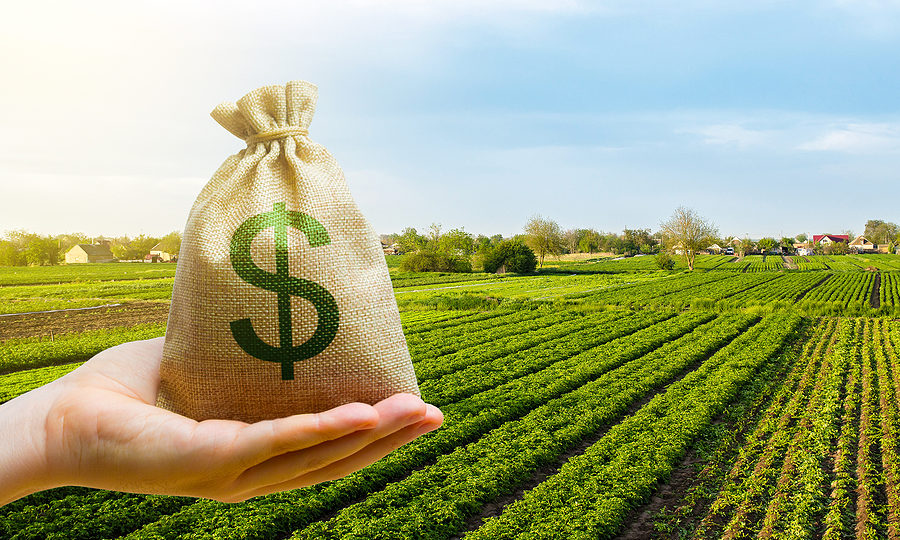What is Farm Income?
- Apr 10, 2023
- By Genske, Mulder & Company
- In Uncategorized
- Comments Off on What is Farm Income?
Farm income is the profits and losses generated through managing and operating a farm or an agricultural business. It includes earnings from selling crops, livestock, and other farm-related goods and services. As a result, the tax implications for farm income are slightly different from non-farm income, requiring farmers to report it using a Schedule F form on their tax returns. Learn more about farm income below.
Breakdown of Farm Income
Farm income can be categorized into four primary segments:
• Gross Cash Income: This involves all receipts from the sale of crops, livestock, and other farm-related goods and services, as well as direct governmental payments.
• Gross Farm Income: Gross cash income, augmented with non-monetary income, such as the value of home consumption of self-grown food, constitutes gross farm income.
• Net Cash Income: This is the gross cash income minus all cash expenses like feed, seed, fertilizer, property taxes, interest on debt, wages, contract labor, and rent to non-operator landlords.
• Net Farm Income: Net farm income is calculated by subtracting both cash and non-cash expenses (like capital consumption and farm household expenses) from the gross farm income.
Net Cash Income can also be viewed as a short-term measure of cash flow.
Reporting Farm Income: Schedule F
Farmers operating as sole proprietors for tax purposes are required to report their agricultural business’s net profit or loss using Schedule F (titled “Profit or Loss from Farming”). This category includes livestock, dairy, poultry, fish, and fruit farmers, along with owner/operators of plantations, ranches, ranges, nurseries, or orchards.
Schedule F enquires about your primary farming activity or crop, your income from selling livestock, produce, grains, or other products, and whether you obtained farm income from cooperative distributions, agricultural program payments, Commodity Credit Corporation loans, crop insurance proceeds, federal crop disaster payments, or any other sources. The method for accounting income depends on whether you use the cash or accrual method.
Tax Deductions for Farming Business
Using Schedule F, you can claim tax deductions for your farming business, lowering your tax bill. Potential deductions encompass expenses paid for a business vehicle, chemicals, conservation, custom hire, depreciation, employee benefits, feed, fertilizers, freight and trucking, gasoline and other fuel, insurance, interest, hired labor, pension, and profit-sharing plans, repairs and maintenance, seeds and plants, storage and warehousing, supplies, taxes, utilities, veterinary fees, and rent or lease fees for vehicles, machinery, equipment, land, and more.
IRS Publication 225: The Farmer’s Tax Guide
The Farmer’s Tax Guide, also known as IRS Publication 225, is a vital resource for individuals involved in agribusiness. It explains how the federal government taxes farms and outlines the different accounting methods that farmers may employ for running their operations. This guide is instrumental in understanding how farmers must report farm income.
Understanding farm income and its tax implications is crucial for anyone involved in the farming or agricultural business. It allows for effective financial planning and better management of farming operations. If you would like additional advice or guidance about your farm income, contact us today.

